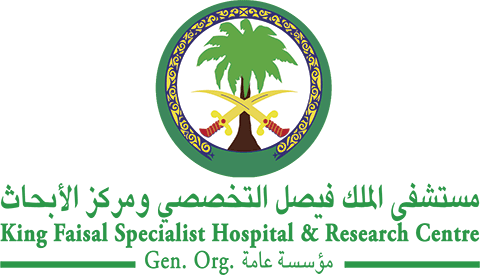Abstract
Introduction: the variable clinical course of chronic lymphocytic leukemia (CLL) and the lack of consensus on follow-up and treatment strategies have necessitated a prognostic model for identifying high-risk patients at the time of diagnosis. Methods: this study involved a retrospective analysis of demographic and clinical characteristics of 212 patients diagnosed with Binet stage A CLL and thus eligible for risk stratification by both the International Prognostic Score for Early-stage CLL (IPS-E) and the alternative IPS-E (AIPS-E). We evaluated the applicability of these prognostic indices in our young, Middle Eastern cohort (median age 59 at diagnosis). Results: during a study period with median follow-up of 3.5 years, 67 patients (32%) experienced progression to first treatment and cumulative incidence of treatment was 13% at 1 year and 28% at 3 years after diagnosis. Sixty-nine (51% of the 136 with a known value) patients had unmutated immunoglobulin heavy chain gene (IGHV) and 21 (10%) had an 11q or 17p deletion with 11% lacking FISH results. For each early-stage CLL prognostic index, more patients were identified as high-risk for disease progression (51% of 124 patients evaluable for IPS-E; 42% of 109 patients evaluable for AIPS-E) than intermediate-risk and low-risk. Multivariable models involving the IPS-E and AIPS-E components revealed that unmutated IGHV and elevated absolute lymphocyte count were significant predictors of earlier treatment requirement. Both prognostic scores were discriminative of time to first treatment (log-rank p < 0.001; c-statistics of 0.74 for IPS-E and 0.69 for AIPS-E).Conclusion: although clarity on clinical behavior with regard to initiation of treatment remains elusive, IPS-E and AIPS-E are valuable tools for identifying high-risk patients.
Recommended Citation
Alshemmari, Salem H.; Almazyad, Mazyad; Alsarraf, Ahmed; Kunhikrishnan, Anita; Isaac, Asha M.; and Kaempf, Andy
(2023)
"Predicting stage progression in Binet stage A chronic lymphocytic leukemia,"
Hematology/Oncology and Stem Cell Therapy: Vol. 17
:
Iss.
2
, Article 6.
Available at: https://doi.org/10.56875/2589-0646.1117
Creative Commons License

This work is licensed under a Creative Commons Attribution-Noncommercial-No Derivative Works 4.0 License.
Included in
Cancer Biology Commons, Hematology Commons, Oncology Commons

